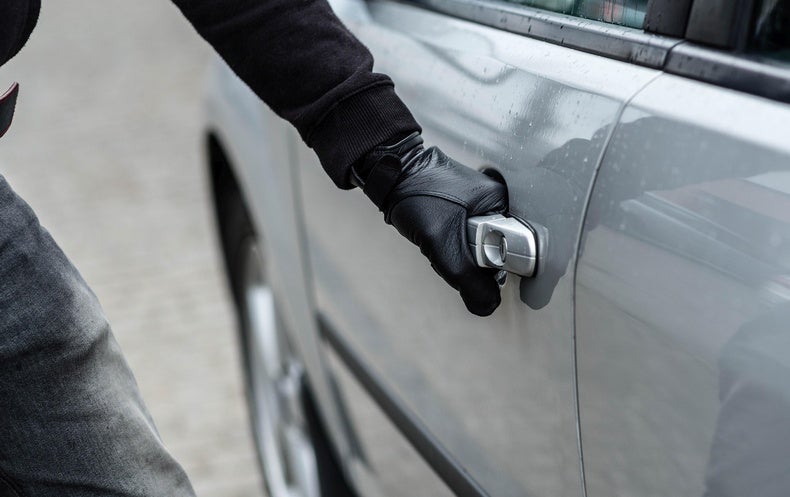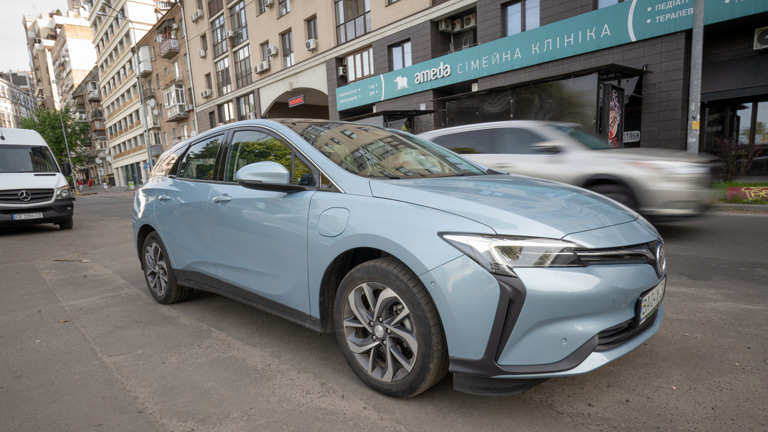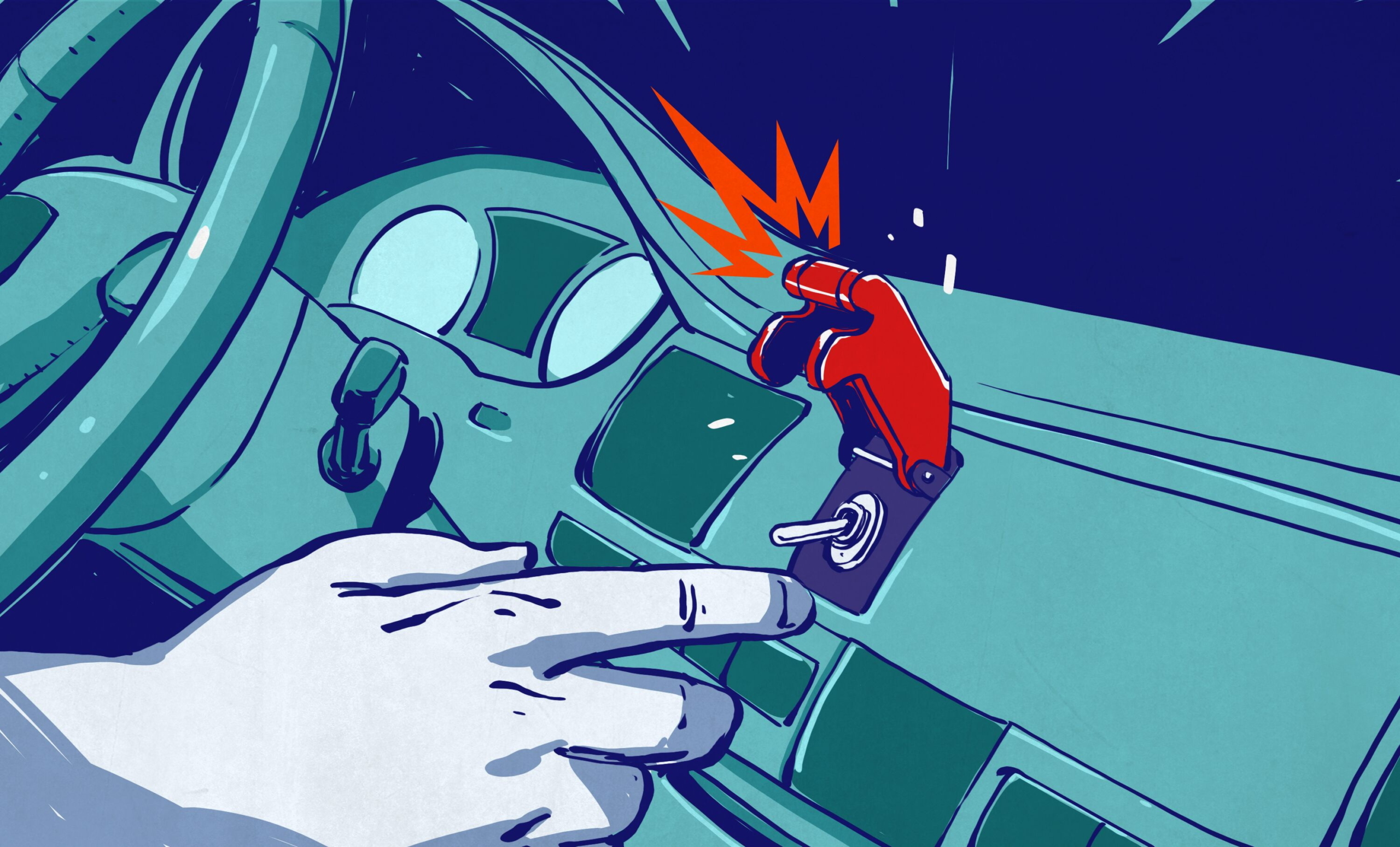Car Thieves Can Hack into Today’s Computerized Vehicles
These days, cars are computer centers on wheels. Today’s vehicles can contain over 100 computers and millions of lines of software code. These computers are all networked together and can operate all aspects of your vehicle.
It’s not surprising, then, that car theft has also become high-tech.
The ones and zeros of getting from A to B
The computers in a vehicle can be divided into four categories. Many computers are dedicated to operating the vehicle’s drive train, including controlling the fuel, battery or both, monitoring emissions and operating cruise control.
The second category is dedicated to providing safety. These computers collect data from the vehicle and the outside environment and provide functions like lane correction, automatic braking and backup monitoring.
The third category is infotainment systems that provide music and video and can interface with your personal devices through Bluetooth wireless communications. Many vehicles can also connect to cellular services and provide Wi-Fi connectivity. The final category is the navigation system, including the car’s GPS system.
Computers in one category often need to communicate with computers in another category. For example, the safety system must be able to control the drive train and the infotainment systems.
One difference between the network in your car and a typical computer network is that all devices in the car trust each other. Therefore, if an attacker can access one computer, they can easily access other computers in the car.
As with any new technology, some aspects of today’s cars make it harder for thieves, and some make it easier. There are several methods of stealing a car that are enabled by today’s technology.
Hijacking wireless keys
One of the high-tech features is the use of keyless entry and remote start. Keyless entry has become common on many vehicles and is very convenient. The fob you have is paired to your car using a code that both your car and fob know, which prevents you from starting other cars. The difference between keyless entry and the remotes that unlock your car is that keyless entry fobs are always transmitting, so when you get near your car and touch the door,…



